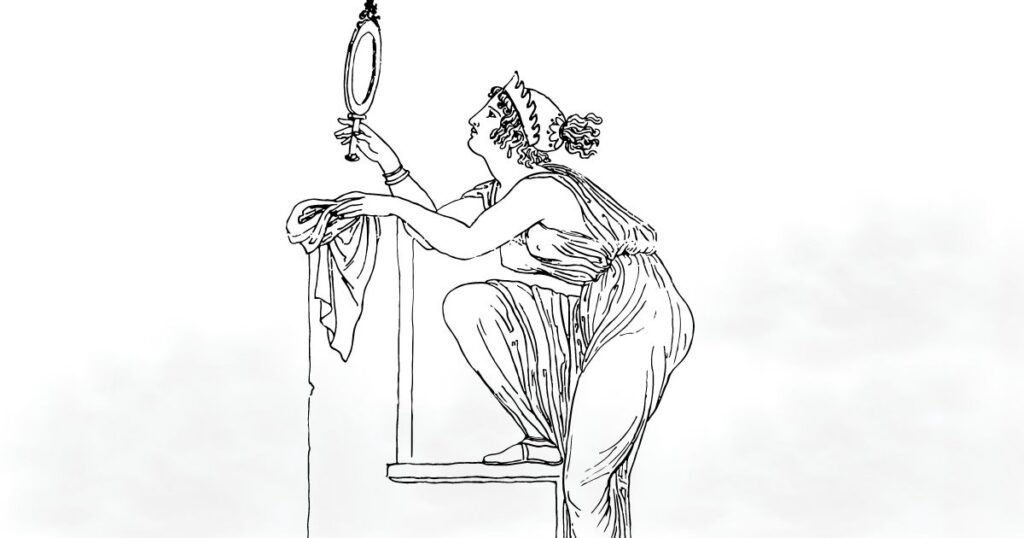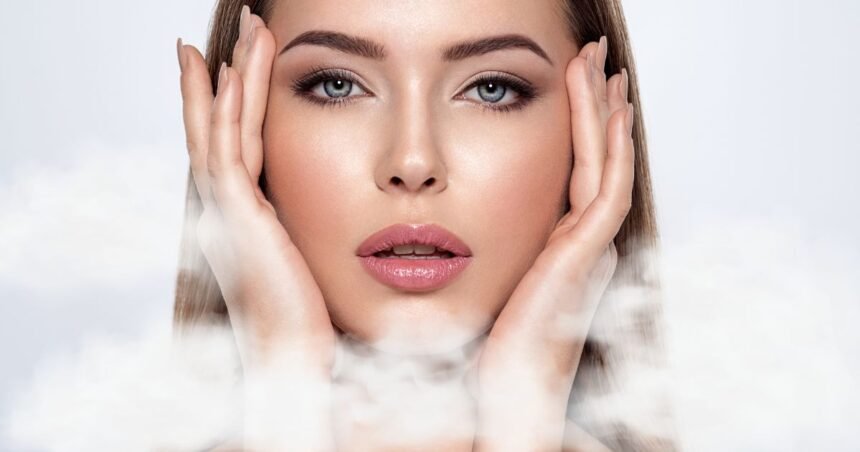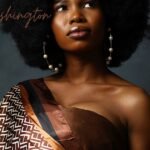Beauty is a concept as old as time itself, deeply ingrained in our society. For centuries, beauty has been celebrated, revered, and, at times, feared. But with its allure comes a darker association—temptation. The question arises: Is beauty, especially in women, truly a catalyst for temptation? Or is it merely a reflection of societal values and individual perceptions?
Historical Perspective on Beauty and Temptation
Beauty in Ancient Civilizations

From Cleopatra’s mesmerizing charm to Helen of Troy’s fabled face that “launched a thousand ships,” beauty has long been a powerful force in history. Women who possessed extraordinary beauty were considered either blessed or cursed by the gods. These narratives not only highlight the high value placed on beauty but also its association with desire and conflict.
The Portrayal of Women in Classical Art and Literature
Classical art and literature are replete with images of beautiful women who wield power, either through their looks or their actions. From the seductive sirens in Greek mythology to the alluring muses in Renaissance paintings, beauty has been depicted as both an inspiration and a source of temptation. These portrayals often emphasize the idea that beauty can lead to downfall or moral compromise, reinforcing the notion that it is a double-edged sword.
Religious Perspectives on Beauty and Temptation

Religious texts across various faiths have also weighed in on the relationship between beauty and temptation. In Christianity, for example, the story of Eve in the Garden of Eden is often cited as a cautionary tale of how beauty and temptation can lead to sin. Similarly, Islamic teachings encourage modesty in appearance, suggesting that beauty should not be flaunted as it may lead to temptation and moral lapses. These religious perspectives have shaped societal attitudes towards beauty, often framing it as something that must be controlled or concealed.
The Evolution of Beauty Standards
Changing Ideals of Female Beauty Through the Centuries
Beauty standards have changed dramatically over the centuries, often shaped by the cultural and societal values of their time. In the Victorian era, pale skin and delicate features were considered the height of beauty, symbolizing purity and refinement. Today, in the 21st century, the ideal has evolved to embrace a more diverse and inclusive view of beauty, celebrating different body types, skin tones, and features.
Fashion and Media on Beauty Standards
The fashion industry and media have played a pivotal role in shaping and perpetuating beauty standards. From the glamorous Hollywood stars of the 1950s to the supermodels of the 1990s, media representations of beauty have influenced how women perceive themselves and others. This constant bombardment of idealized images can create unrealistic expectations and pressures, leading to a perpetual cycle of striving for unattainable perfection.
Modern Beauty Standards and Their Influence on Women
Today, beauty standards are more complex and multifaceted than ever before. Social media platforms like Instagram and TikTok have democratized beauty, allowing individuals to showcase their unique looks and challenge conventional norms. However, this has also led to the rise of trends like filters and cosmetic enhancements, which can exacerbate feelings of inadequacy and reinforce the notion that beauty is paramount.
Psychological Impact of Beauty on Women
Self-Esteem and Body Image
The pursuit of beauty can have profound effects on a woman’s self-esteem and body image. Society’s emphasis on physical appearance often leads women to internalize beauty standards, resulting in feelings of inadequacy or unworthiness if they do not measure up. This can manifest in various ways, from eating disorders to body dysmorphia, highlighting the detrimental impact of prioritizing beauty over mental and emotional well-being.
The Pressure to Conform to Beauty Standards
The pressure to conform to beauty standards is pervasive, affecting women of all ages and backgrounds. Whether it’s through diet culture, cosmetic procedures, or fashion choices, the societal expectation to look a certain way can be overwhelming. This pressure is not only external but also internalized, as women often compare themselves to others and strive to meet an ever-elusive ideal.
The Role of Beauty in Personal and Professional Life
Research suggests that people who are considered attractive are often seen as more capable, likable, and successful. This “beauty bias” can influence hiring decisions, promotions, and social interactions, creating an environment where looks are prioritized over skills or character.
Beauty as a Double-Edged Sword
Empowerment Through Beauty
While beauty can be a source of pressure, it can also be empowering. Many women use beauty as a form of self-expression, taking pride in their appearance and using it to boost their confidence. Whether through fashion, makeup, or skincare, beauty rituals can be a way for women to connect with themselves and feel empowered in their own skin.
Objectification and Sexualization of Women
However, the flip side of this empowerment is the objectification and sexualization of women. Society often reduces women to their physical appearance, valuing them more for their looks than their intelligence, talents, or achievements. This objectification can lead to harmful stereotypes and contribute to a culture where women are seen as objects of desire rather than individuals with their own agency.
The Concept of Beauty as a Form of Social Currency
In many ways, beauty functions as a form of social currency. Women who fit societal beauty standards often receive privileges and advantages that others do not. This can manifest in various ways, from social acceptance to career opportunities. However, this form of currency is fickle and can lead to a constant pursuit of external validation, often at the expense of self-worth and personal growth.
Beauty and Temptation in Popular Culture
Beauty as Portrayed in Movies and TV Shows
Popular culture has a significant influence on how beauty is perceived and valued. Movies and TV shows often portray beautiful women as either the object of desire or the villainous temptress, reinforcing the idea that beauty is inherently linked to temptation. These portrayals can shape societal attitudes, leading to stereotypes that equate beauty with moral ambiguity or superficiality.
The Influence of Beauty in Advertising and Marketing
Advertising and marketing have often leveraged beauty to sell products, using attractive models to draw in consumers. This approach not only upholds narrow beauty standards but also promotes the idea that beauty is something to be pursued at all costs. By commodifying beauty in this way, it can fuel unhealthy obsessions with appearance and intensify societal pressure to conform to specific ideals.
Social Media and the Glorification of Beauty
Social media has heightened the glorification of beauty, with influencers and celebrities shaping trends and endorsing products that claim to enhance appearance. Curated images and filtered selfies on platforms like Instagram create a skewed reality, presenting beauty as the ultimate achievement. This fosters a culture of comparison and competition, where self-worth often becomes linked to likes and followers instead of authentic self-acceptance.
Challenging the Notion: Is Beauty Truly a Catalyst for Temptation?
The Role of Personal Responsibility
While beauty can undoubtedly be alluring, it is important to recognize that temptation is a personal choice. Blaming beauty for leading to temptation absolves individuals of responsibility for their actions. It is crucial to understand that attraction and desire are natural human experiences, but how one responds to them is a matter of personal ethics and self-control.
Beauty vs. Character: What Truly Matters?
At the end of the day, beauty is only skin deep. What truly defines a person is their character, values, and actions. While society may place a high value on appearance, it is essential to look beyond the surface and appreciate the qualities that make someone truly beautiful. By shifting the focus from external beauty to inner virtues, we can create a more inclusive and compassionate society.
Redefining Beauty Beyond Physical Appearance
The time has come to redefine beauty in a way that is more inclusive and empowering. Beauty should not be limited to physical appearance but should encompass qualities like kindness, intelligence, creativity, and resilience. By broadening our definition of beauty, we can celebrate diversity and promote a healthier, more holistic approach to self-worth and self-expression.
Conclusion
The relationship between women, beauty, and temptation is complex and multifaceted. While beauty has been historically linked to desire and temptation, it is essential to recognize that these associations are shaped by societal values and individual perceptions. Beauty can be both empowering and oppressive, depending on how it is viewed and used. Ultimately, it is up to us to challenge the narrow definitions of beauty and embrace a more inclusive, compassionate perspective that values character over appearance.
FAQs
Is beauty inherently linked to temptation?
No, beauty itself is not inherently linked to temptation. The association between beauty and temptation is often a result of societal values and individual perceptions. Temptation is a personal response, and beauty should not be blamed for it.
How can women navigate the pressures of beauty standards?
Women can navigate the pressures of beauty standards by focusing on self-acceptance, embracing their unique qualities, and challenging societal norms that prioritize appearance over other attributes. Building a strong sense of self-worth based on character and achievements rather than looks is key.
Can beauty be empowering without being a source of temptation?
Yes, beauty can be empowering without being a source of temptation. When beauty is viewed as a form of self-expression and self-care, it can boost confidence and self-esteem without leading to negative associations with temptation.
What role does society play in shaping beauty norms?
Society plays a significant role in shaping beauty norms through media, advertising, and cultural values. These norms often reflect the dominant ideals of a particular time and place, influencing how individuals perceive and value beauty.
How can we redefine beauty to be more inclusive?
We can redefine beauty to be more inclusive by celebrating diversity, embracing different body types, skin tones, and features, and recognizing that beauty goes beyond physical appearance. By promoting inner virtues like kindness, intelligence, and creativity, we can create a more inclusive and empowering definition of beauty.





